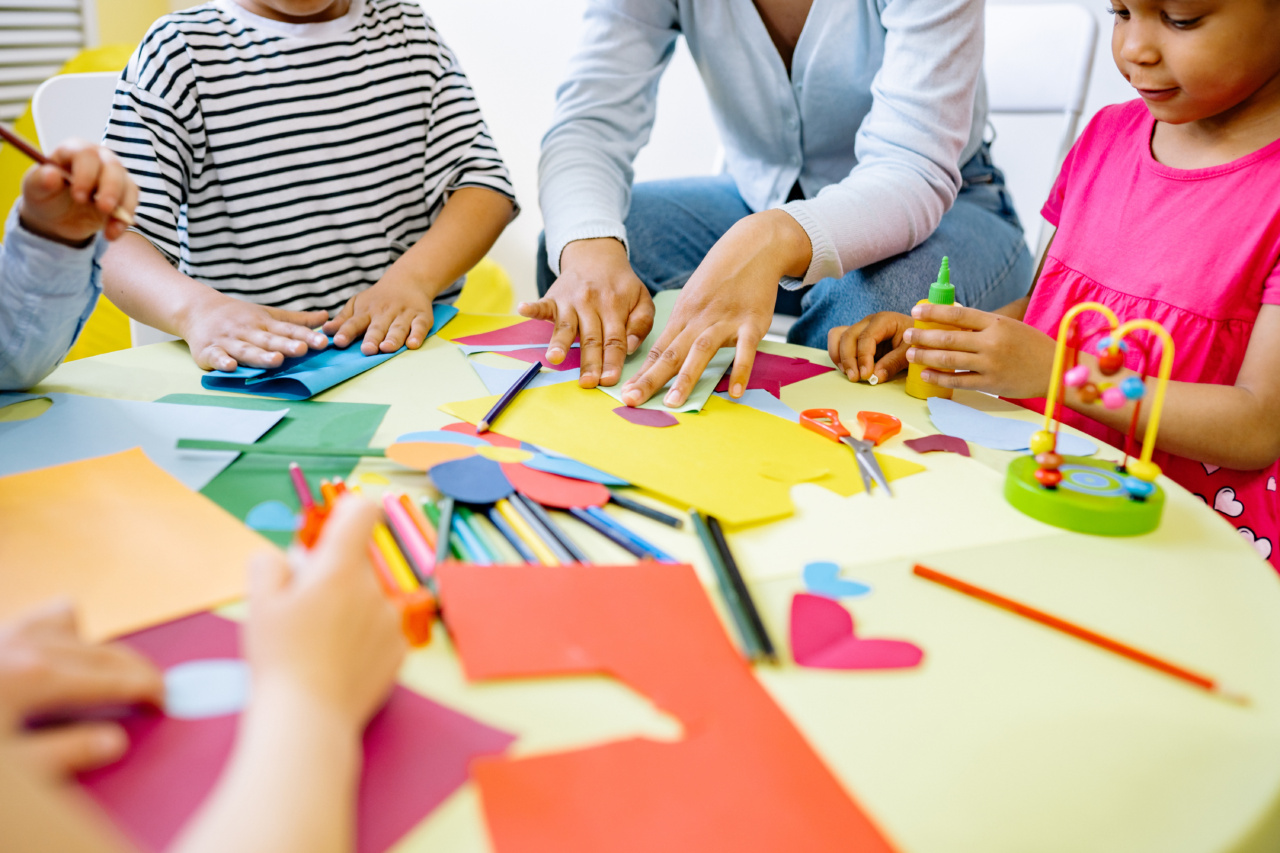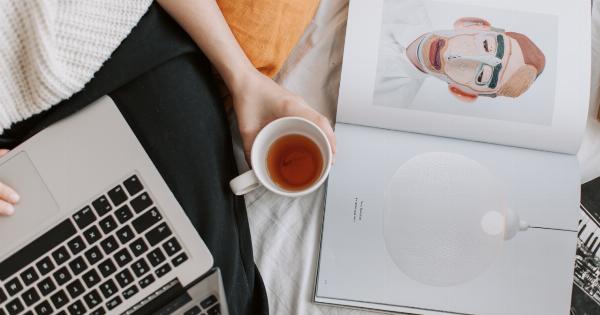Behavioral issues can pose significant challenges for students, impacting their overall well-being and academic success.
These issues can range from attention-deficit/hyperactivity disorder (ADHD) and oppositional defiant disorder (ODD) to conduct disorders and emotional disturbances. While various interventions and therapies exist to address such challenges, art has emerged as a powerful tool in supporting students with behavioral issues.
The Therapeutic Benefits of Art
Art, in the form of visual arts, music, dance, or drama, has therapeutic effects that positively influence emotional well-being and facilitate personal growth.
It provides students with a non-verbal means of communication and self-expression, allowing them to share their thoughts and feelings in a safe and creative manner.
1. Enhancing Self-Expression
Expressing oneself verbally can sometimes be difficult for students experiencing behavioral issues. Art, however, offers a creative outlet that allows them to express their emotions, frustrations, and experiences visually.
Through various art forms, students can convey their thoughts and feelings, enabling them to better understand and communicate their emotions.
2. Promoting Emotional Well-being
Art enables students to explore and process their emotions in a supportive and non-threatening environment. By channeling their emotions into artwork, students can gain a sense of control over their feelings and develop healthy coping mechanisms.
Engaging in art therapy helps reduce anxiety, stress, and depression, promoting a more positive and stable emotional state.
3. Building Self-Esteem and Confidence
Artistic activities can significantly boost students’ self-esteem and self-confidence. Engaging in creative processes and experiencing a sense of accomplishment through artwork helps students develop a positive self-image.
This newfound confidence often extends beyond the art-making process, positively impacting their behavior, social interactions, and academic performance.
4. Enhancing Problem-Solving Skills
Art encourages students to approach challenges in a creative and innovative way. By engaging in various art forms, students learn to think critically and develop problem-solving skills.
Artistic activities require students to make decisions, adapt to changing circumstances, and experiment with different techniques. These skills translate into their daily lives, aiding in behavioral management and interpersonal problem-solving.
5. Stimulating Sensory Integration
Some students with behavioral issues struggle with sensory integration, making it difficult for them to process and respond to sensory stimuli appropriately.
Art therapy incorporates sensory-based activities that can help students better regulate their sensory experiences. Through engaging with different art materials, textures, colors, and movements, students can improve their sensory processing abilities, leading to improved self-regulation and behavior.
6. Fostering Positive Behavioral Changes
Art offers a platform for students to express their feelings and experiences, allowing them to develop a deeper understanding of their emotions and behaviors.
As students engage in art therapy, they are provided with an opportunity to reflect on their actions and explore alternative ways of approaching challenging situations. This self-reflection often leads to a greater level of self-awareness, empathy, and improved behavioral choices.
7. Creating a Safe and Supportive Environment
Art classrooms and therapy spaces foster safe environments that encourage self-exploration, risk-taking, and individual growth.
These environments prioritizes acceptance, non-judgment, and inclusivity, allowing students to feel safe in expressing themselves authentically. A supportive art environment empowers students with behavioral issues to build healthy relationships, develop trust, and collaborate with their peers.
8. Strengthening Communication and Social Skills
Art offers a unique medium for building and strengthening communication and socialization skills. Through collaborative art activities, students with behavioral issues can learn to work in groups, share ideas, listen to others, and negotiate compromise.
Art also helps foster empathy and understanding, improving the students’ abilities to relate to their peers and form positive relationships.
9. Offering a Sense of Control and Structure
Many students with behavioral issues struggle with a lack of control and structure in their lives. Engaging in art provides them with a sense of control over their artwork and creative process.
Artistic endeavors often have clear steps and guidelines, offering a structured and predictable experience. This sense of control and structure can have a positive impact on their behavior and emotional well-being.
10. Integrating Art into the Classroom
Incorporating art into the classroom can be an effective way to support students with behavioral issues. Educators can integrate art activities into various subjects, promoting active engagement and self-expression.
Moreover, partnering with art therapists or establishing an art therapy program within the school can provide targeted support to students with specific behavioral challenges.
Supporting students with behavioral issues through art offers an array of therapeutic benefits. Art provides an outlet for self-expression, promotes emotional well-being, enhances problem-solving skills, and fosters positive behavioral changes.
By incorporating art into their education, students can find solace, develop coping mechanisms, and experience personal growth, ultimately leading to improved overall well-being and academic success.






























